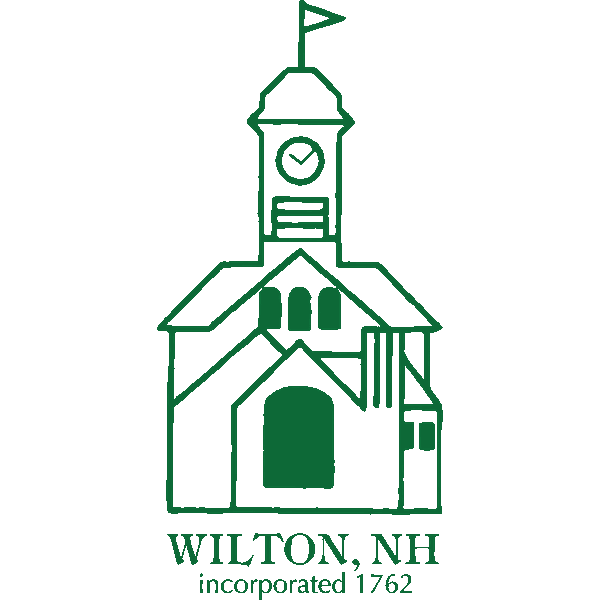

Standards established by the American Association of State Highway and Transportation Officials, as they may from time to time be amended, modified or replaced.
Standards established by the American Society for Testing and Material, as they may from time to time be amended, modified or replaced.
A test of the backfill compaction once a cistern has been installed. The backfill passes a Compaction Test if it meets the requirements of Section 6.6, Backfilling. The backfill must pass a Compaction Test before the cistern can be approved and become Fully Operational.
A permanent piping system, normally a drafting source that provides access to a cistern.
The Fire Chief for the Town of Wilton or the Fire Chief’s duly authorized designee.
A test of the flow from a cistern after it has passed a Leakage Test. A cistern passes a Flow Test if the fire apparatus can pull and maintain a draft at the rate required by these regulations for two cycles of five minutes each. A cistern must pass a Flow Test before it can be approved and become Fully Operational.
The status of a (1) cistern that meets the standards and requirements set out in Section 5.0, General Requirements, including the inspections and approvals for previously installed cisterns under Section 5.3.4, or (2) Sprinkler System that has been inspected and approved as set forth in Section 7 and continues to operate at the level of its initial testing results.
A test for leakage from a cistern after backfilling has been completed. A cistern passes a Leakage Test if the tank is filled with water to within one inch of the top cover of the manway and there is zero leakage during the following seven days. A cistern must pass a Leakage Test before it can be approved and become Fully Operational.
Standards established by the National Fire Protection Association, as they may from time to time be amended, modified or replaced.
The party or parties that from time to time assume legal and financial responsibility for a cistern or Sprinkler System, its installation and maintenance, and for compliance with these regulations (e.g., developer, builder, structure owner, homeowners’ or other association).
an indoor sprinkler system (1) meeting the requirements of (a) NFPA Standard section 13, 13R or 13D, as applicable to the installation, and (b) any other requirements set forth in Section 7, and (2) otherwise acceptable to the Fire Chief.
A level, hard-surfaced area adjacent to a dry hydrant that is large enough and configured so as to allow a fire truck to be connected to the dry hydrant.